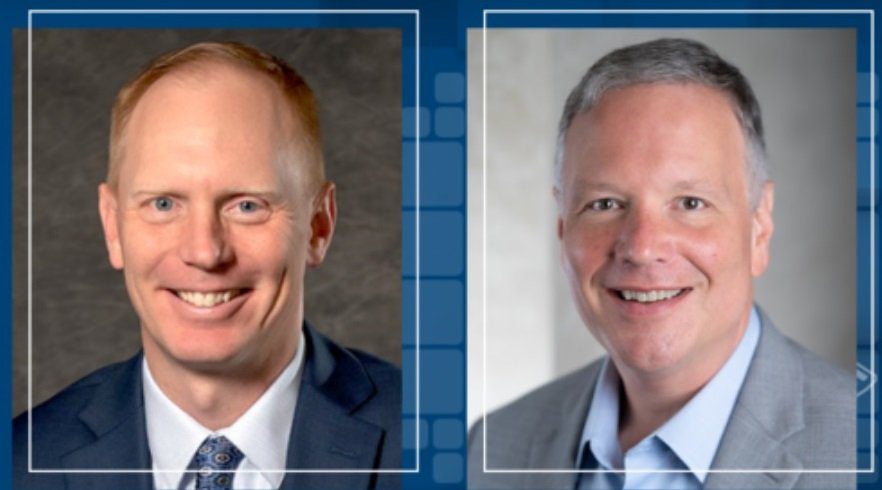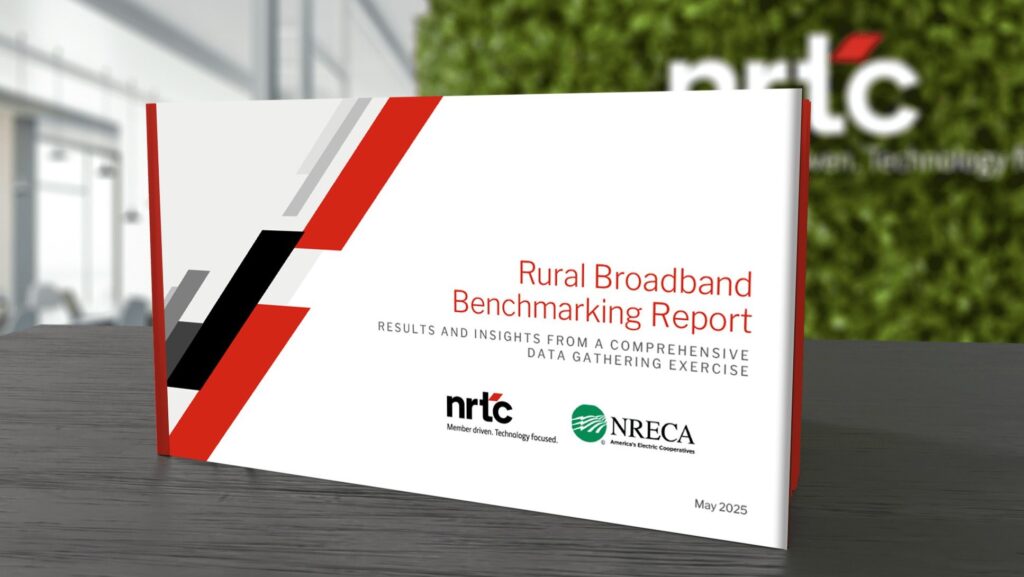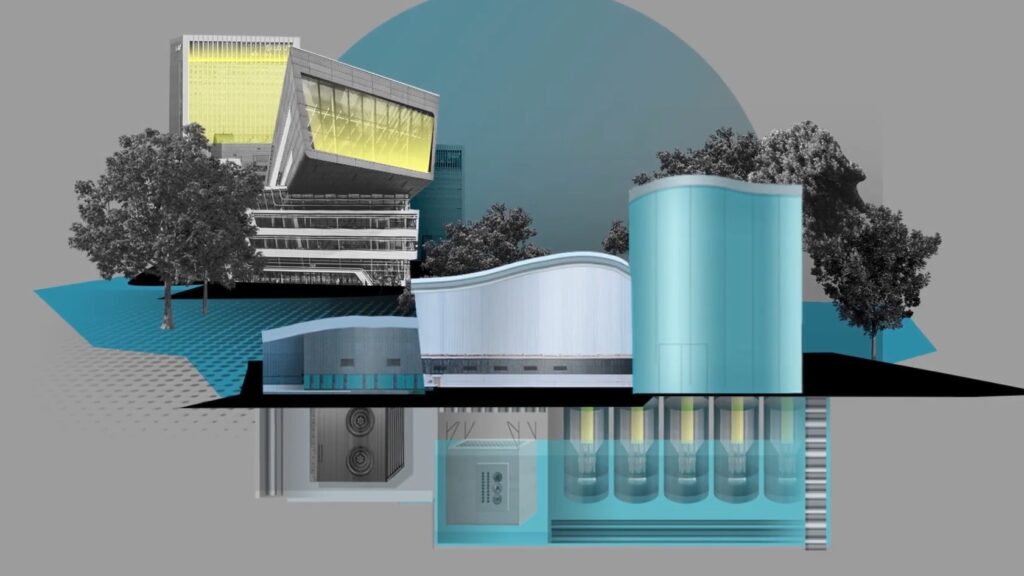Smart Grid Enablers Steer the Direction of Utility Tech Planning
Randy Sukow
|

A lot goes into implementing smart grid technologies. It’s a step-by-many-steps process and what makes it more complicated is that every co-op’s needs are different. As NRTC Technology Planning Services helps members build a 10-year road maps, and solves the complexity breaking the project down with “smart grid enablers.”
“In order to implement smart grid solutions, you have to have enablers,” said Joe Walsh, NRTC’s VP, Smart Grid Advisory and Networks (pictured right) during a recent CFC-sponsored podcast. “And we sort enablers in three broad buckets.”
- Devices, such as meters, closer/reclosers, trucks, radios and all the other many parts that go into the system;
- Software to integrate all of the pieces, and
- Communications to link them all together. “We believe that in the future, the utility industry is moving towards standardizing around fiber, microwave and LTE for communications as the communications enablers,” Walsh said.
Jeremy Richert, CEO of Maquoketa Valley Electric Cooperative in Iowa (left), joined Walsh on the podcast to demonstrate his co-op’s effective use of enablers over more than 20 years. It started with deploying a SCADA system in 1999, which MVEC upgraded in 2007. AMI, a fiber backbone and several various smart grid applications followed to gradually improve utility performance.
“You have to look at the use cases that are valuable for you. You have to understand what the benefits are that you’re going to get from them,” Walsh said. “As you see these things, the use cases stack up. That helps you plan what enablers are important, what order you have to do them in.”
“We estimate that we collect over 250 million data points a year, which is an obscene amount of data,” Richert said. “But you know, it’s kind of a three-step process. First, you have to collect it, then you got to verify it and then you’ve got to make it usable.” At the end of the day, he said, gradual, well-planned implementation of the three enablers has resulted in more reliable electric service, improved worker safety and higher customer satisfaction.
“Our outage time has decreased by about 50 percent per member. That’s obviously a very huge advantage to our members,” he said.
The podcast is one of a series CFC and NRTC have co-presented since the two organizations joined to publish the Rural Electric Cooperative Smart Grid Benchmarking Report (PDF) in 2021. The 30-minute presentation is now available on the CFC website.


